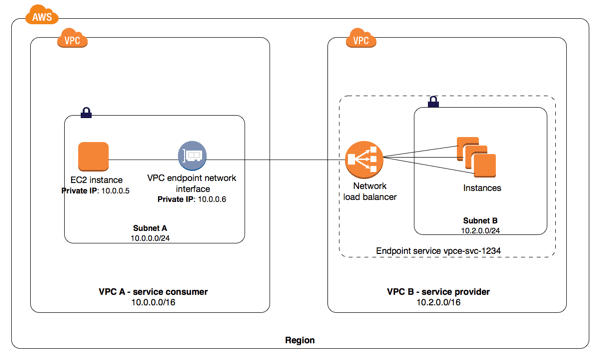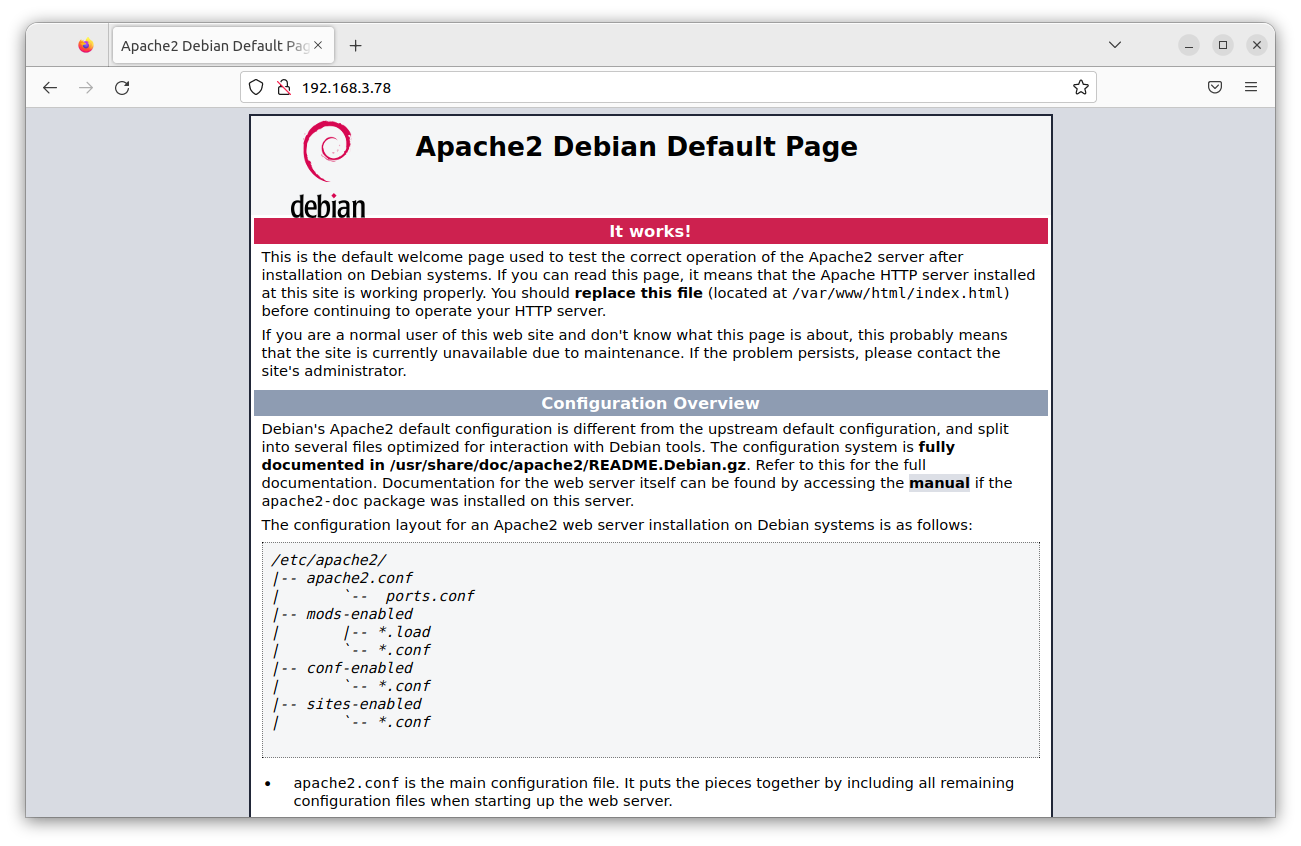
Software can send and receive information using application layer protocols. These protocols are responsible for presenting meaningful data for software and users. Application layer protocols are used by applications such as instant messaging, web browsing, and e mail. It allows software to interact directly with other software applications. Not all applications use application layers protocols.
The OSI model's application layer is at the bottom. This layer, which is basically an abstraction layer, hides system operations from the application layers above and provides resources for them. This layer performs directory searches, for instance.
The application layer provides many functions including file storage and file transfers. Users can log on as a remote host, and it allows for communication with other programs. Examples of applications that use this layer include web browsers, fax, email, and e mail. AOL Instant Messenger and MSN Instant Messenger use the application layer to transmit messages over a network.

This layer is easily accessible. This layer acts as a bridge to the operating system and the computer. It has many facilities that facilitate interoperability among different software applications. It allows all layers to communicate properly and ensures their proper functioning.
In addition, it is responsible for providing global information about various services, and it allows for a variety of interface methods. A Web browser, for example, uses the application layers to connect to remote servers. A Usenet news reader, for example, can access files and documents on remote computers using the application layer.
Security is another key function of an application layer. It helps to defend against attacks and breaches of network integrity. The network's performance and integrity may be affected if an attacker steals information through the application layer. It can also result in data loss and data integrity being compromised.
A packet inspection is one of the ways that an application layer protects against attacks. The packet inspection system is similar to intrusion detection systems. A server can inspect the contents by inspecting packets.

Encryption is another important function of the OSI model's application layer. Encryption refers to the process of encrypting data and putting it in a different format. Depending on what data is being sent, the original message might be wrapped in several nested wrappers. Each nested wrapper includes control information such as routing controls and destination address. Once a message is encrypted it is sent to the layer beneath, which handles error control and other functions.
Another function of an application layer is to allow transparent network connections. A browser requests resources from a server when it connects to it. The server returns an acknowledgement. After the connection is established, the server allocates a port number to the client.
An application layer protocol is used to facilitate communication between a server or client. Several popular protocols have been used for the application level, such as FTP (SMTP), DHCP, and FTP (FTP).
FAQ
What is the best platform to design a website on?
WordPress is the best platform to design a website. WordPress offers all the features needed to make a website professional looking.
It is easy to customize and install themes. You have thousands of options for free themes.
Plugins allow you to add functionality, such as adding social media buttons or creating contact pages.
WordPress is easy to use. To modify your theme files, you don't need to be able to code HTML. To change your theme files, all you have to do is click on an image and select the desired changes.
Although there are many platforms out there, I prefer WordPress. It's been around since the beginning and is still being used by millions of people worldwide.
What is a UI developer?
A user interface (UI) designer creates interfaces for software products. They are responsible for the design of the layout and visual elements in an application. Graphic designers can also be included in the UI design team.
The UI Designer should be able to identify problems and solve them.
A UI designer should be passionate about technology and software development. From developing ideas to implementing them into code, a UI designer must be able to comprehend all aspects of the field.
They should be able to create designs using various tools and techniques. They should be able solve problems creatively by thinking outside the box and come up with innovative solutions.
They should be organized and detail-oriented. They should be capable of quickly and efficiently developing prototypes.
They should be comfortable working with clients, both large and small. They should be able and willing to adapt to different situations and environments.
They should be capable of communicating effectively with others. They should be capable of communicating clearly and concisely.
They must be well-rounded and have strong communication skills.
They must be driven and motivated.
They should be passionate about their craft.
What is responsive web design?
Responsive Web Design (RWD) is an approach to designing websites where content displays responsively on all devices - desktop computers, laptops, tablets, smartphones, etc. This allows users the ability to view a website simultaneously on different devices and still have access to other features like navigation menus, buttons, and so forth. RWD's goal is to ensure that users view the exact same version of a website on every screen size.
You would, for example, want to make sure that a customer can view your website even on a mobile device.
A responsive website will adjust its layout automatically based on what device is used to view it. Your laptop will view the website exactly as a normal desktop site. The page will look completely different if it's viewed on your smartphone.
This allows you create a website that looks great on any device.
Statistics
- It's estimated that in 2022, over 2.14 billion people will purchase goods and services online. (wix.com)
- Is your web design optimized for mobile? Over 50% of internet users browse websites using a mobile device. (wix.com)
- Studies show that 77% of satisfied customers will recommend your business or service to a friend after having a positive experience. (wix.com)
- The average website user will read about 20% of the text on any given page, so it's crucial to entice them with an appropriate vibe. (websitebuilderexpert.com)
- At this point, it's important to note that just because a web trend is current, it doesn't mean it's necessarily right for you.48% of people cite design as the most important factor of a website, (websitebuilderexpert.com)
External Links
How To
What is website Hosting?
Website hosting describes where visitors go when they visit a site. There are 2 types.
-
Shared hosting – This is the most affordable option. Your website files are stored on a server that is owned by another person. When customers visit your site, their requests travel over the Internet to that server. You then receive the request from the owner of the server.
-
Dedicated hosting – This is the most expensive option. Your website resides entirely on one server. Your traffic stays private as no other websites can share the same server.
Because it is less expensive than dedicated hosting, shared hosting is preferred by many businesses. When you use shared hosting, the company that hosts the server gives you the resources to run your site.
But there are pros and cons to both options. Here are the main differences between them:
Sharing Hosting Pros
-
Lower Cost
-
Simple to Setup
-
Frequent Updates
-
It can be found on many web hosting companies
Hosting shared with others can cost as low as $10/month. This price often includes bandwidth. Bandwidth refers the data that you can transfer over the Internet. Even if you are only uploading photos to your blog site, high data transfer rates can still cost you extra.
You will quickly see why you paid so much for your former host once you have started. Most shared hosts provide very limited customer support. Their techs will occasionally walk you through setting up your site, but you're on your own after that.
Providers that offer 24-hour customer support are worth looking into. They will help you deal with any issues that arise while your sleeping.
Hosting dedicated:
-
More Expensive
-
Fewer Common
-
Requires Special Skills
With dedicated hosting, everything you need for your website is at your fingertips. You won’t need to worry whether you have enough bandwidth or enough RAM (random address memory).
This means you will need to spend more upfront. However, once you start running your business online, you'll find that you won't need much technical assistance. You'll soon be an expert at managing servers.
Which Is Better For My Business:
The answer depends on what kind of website you want to create. Shared hosting might be best if you just want to sell products. It's very easy to setup and maintain. A server shared with several other sites means that you will receive frequent updates.
However, dedicated hosting can be a great option if you're looking to build a community around the brand. Instead of worrying about traffic, you can concentrate on building your brand.
If you're looking for a web host that offers both options, we recommend Bluehost.com. They offer unlimited data transfers per month, 24/7 support and free domain registration.